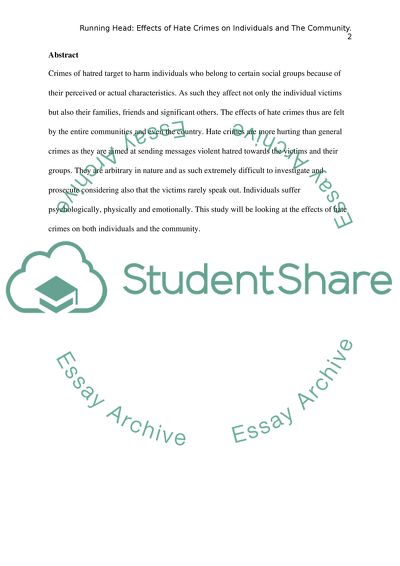Cite this document
(“Elements for a generic proposal for social science research”, n.d.)
Elements for a generic proposal for social science research. Retrieved from https://studentshare.org/psychology/1690383-elements-for-a-generic-proposal-for-social-science-research
Elements for a generic proposal for social science research. Retrieved from https://studentshare.org/psychology/1690383-elements-for-a-generic-proposal-for-social-science-research
(Elements for a Generic Proposal for Social Science Research)
Elements for a Generic Proposal for Social Science Research. https://studentshare.org/psychology/1690383-elements-for-a-generic-proposal-for-social-science-research.
Elements for a Generic Proposal for Social Science Research. https://studentshare.org/psychology/1690383-elements-for-a-generic-proposal-for-social-science-research.
“Elements for a Generic Proposal for Social Science Research”, n.d. https://studentshare.org/psychology/1690383-elements-for-a-generic-proposal-for-social-science-research.


